February 6, 2025 | 16:45 GMT +7
February 6, 2025 | 16:45 GMT +7
Hotline: 0913.378.918
February 6, 2025 | 16:45 GMT +7
Hotline: 0913.378.918
On March 12, the People's Committee of Cu M'gar district (Dak Lak) held a conference to announce the results of building a soil agrochemical map to serve the restructuring of the agricultural sector until 2030.
Cu M'gar district has a total natural area of 82,450 ha, with about 71,000 ha of agricultural land. At the beginning of 2023, the project to build an agrochemical soil map was implemented by the locality in coordination with the National Institute of Agricultural Planning and Projection from the beginning of 2023.
According to the Cu M'gar District People's Committee, in recent years, the district's agricultural production situation has developed quite well, a number of industrial crops with high economic value are commonly grown in the district such as coffee, rubber, pepper, durian... bringing stable income to producers.
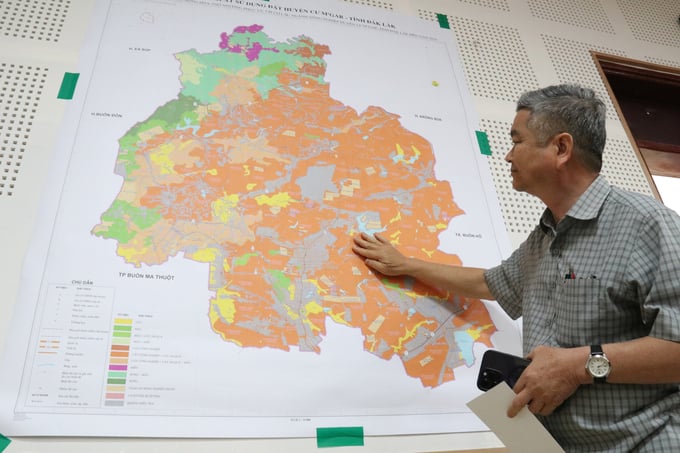
After one year of implementation, the Cu M'gar District People's Committee announced the agrochemical soil map to serve the restructuring of the agricultural sector until 2030. Photo: Quang Yen.
However, the locality still has certain difficulties such as the ability to expand the production of economically effective crops; and changing crops to suit market needs with no scientific basis for conversion. On the other hand, in some areas where industrial crops are grown, due to continuous, long-term cultivation, the soil has been degraded, reduced in quality, and has not been restored. In some production areas, because the crops are not completely suitable for the soil, productivity and product quality are not high, affecting economic efficiency and people's lives.
As a consequence, the People's Committee of Cu M'gar district has deployed the development of an agrochemical soil map to serve the restructuring of the agricultural sector until 2030. During implementation, the research team took many soil samples in communes and towns to analyze and evaluate quality. Results of analysis and assessment in Cu M'gar district are run over 4 main soil groups including yellow-red soil, grey soil, black soil and valley soil, including 55,137 ha of red and yellow soil (accounting for more than 66.87% of the investigated land area).
Based on the analysis results of soil physicochemical and agronomic characteristics, it shows that the land is of fairly average quality with an area of 59,564 ha (accounting for nearly 88% of the analysed area), average quality land accounts for 9.05% and low average quality land accounts for only 2.9%...
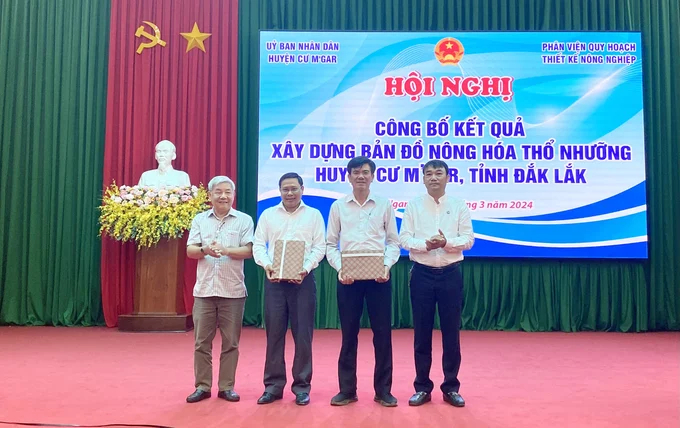
Leaders of the Cu M'gar District People's Committee received research documents from experts. Photo: Quang Yen.
The agrochemical and soil map of Cu M'gar district with a vision to 2030 was built at a scale of 1/25,000. This is also the first unit in Dak Lak province and the second in the Central Highlands region to build a soil agrochemical map to serve the restructuring of the agricultural sector.
Speaking at the conference, Mr Vu Hong Nhat, Chairman of Cu M'gar District People's Committee said, the analysis results of the soil agrochemical map have identified land areas with different potential fertility, at the same time, it also determines the level of adaptation of existing and upcoming crop groups in the district. The program also identifies nutrient-poor soil areas and basically determines the appropriate fertilizer dosage for different crops and soil types. As a consequence, the program helps to support production direction as well as conduct local agricultural production more effectively.
"Building a soil agrochemical map is an important basis for Cu M'gar district to implement production plans and develop suitable crops for each region and locality to ensure sustainability. This map also contributes to gradually building specialized commodity production areas, safe agricultural production associated with processing, and enhance the local agricultural production value chain," Mr Vu Hong Nhat emphasized.
To ensure the interests and increase efficiency and value for durian producers and traders in the district, The District People's Committee has registered to protect the collective trademark "Cu M'gar Durian" and has been approved by the National Office of Intellectual Property (Ministry of Science and Technology). The National Office of Intellectual Property (Ministry of Science and Technology) certification is given according to Decision No. 5327, dated 10/7/2023.
“The collective trademark ‘Cu M’gar Durian’ will be the basis to help durian growers feel secure in production, building trust with customers, and create more prestige for Cu M'gar durian products", Mr Nhat said.
Mr. Le Anh Trung, Director of External Relations of Van Hoa Group - Vice Chairman of Dak Lak Durian Association said that they identified the Central Highlands, especially Dak Lak, as a key and potential area for agricultural production development, especially durian, so the Company has boldly invested in 3 agricultural processing factories with a total area of 20,000m2 and a packing facility in Dak Lak province.
Translated by Hoang Duy

(VAN) The Government directed the Ministry of Natural Resources and Environment and the Ministry of Agriculture and Rural Development to review the functions of the newly merged Ministry of Agriculture and Environment.
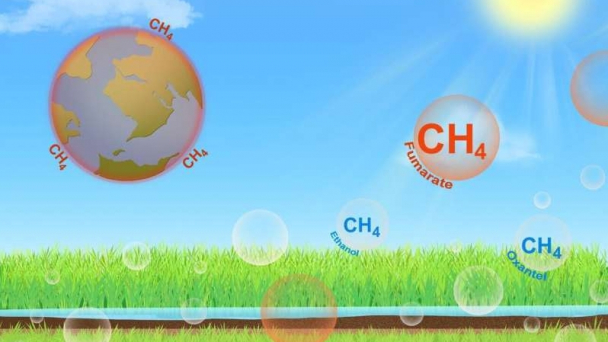
(VAN) Rice cultivation is responsible for around 12% of global methane emissions, and these emissions are expected to increase with global warming and as the human population continues to grow.
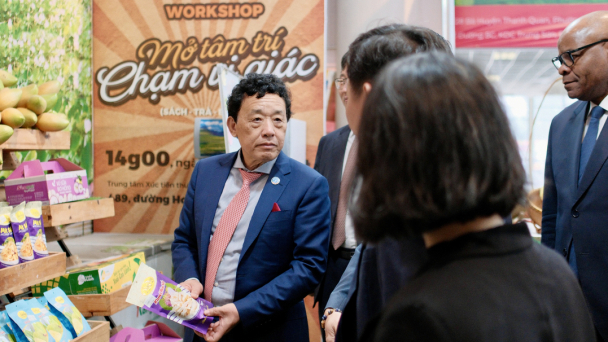
(VAN) FAO Director-General Qu Dongyu conveyed his impression for Vietnam's OCOP products, emphasizing their striking packaging designs and their ability to represent the local cultural essence.
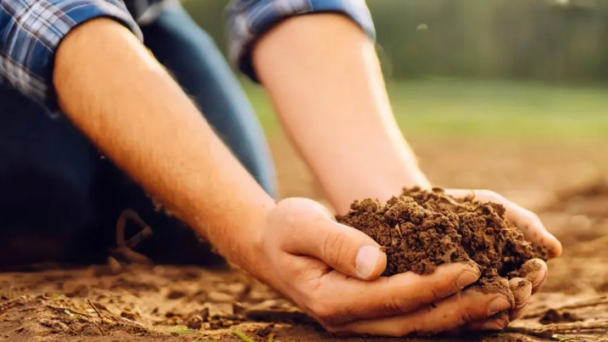
(VAN) Scientists have found that insect frass–a blend of excreta, feed, and molted skins – is far from a mere waste product. Instead, it could play a key role in advancing greener, more sustainable agriculture.

(VAN) US president says he will hit Canada, Mexico, China and EU with levies as he targets major trading partners.
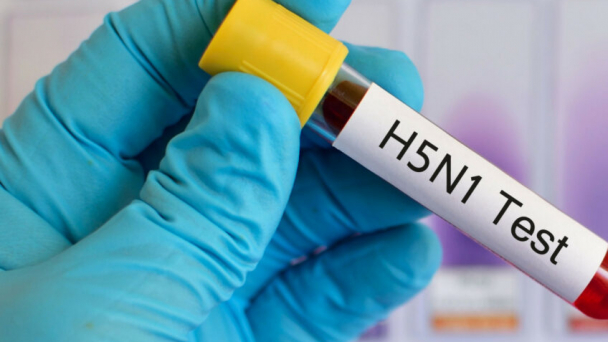
(VAN) A research study of bird flu viruses in cattle has shown that the H5N1 strain does not pose an increased threat to humans.

(VAN) In two actions, migrant workers claim exploitation while farmers demonstrate against inheritance tax plan.